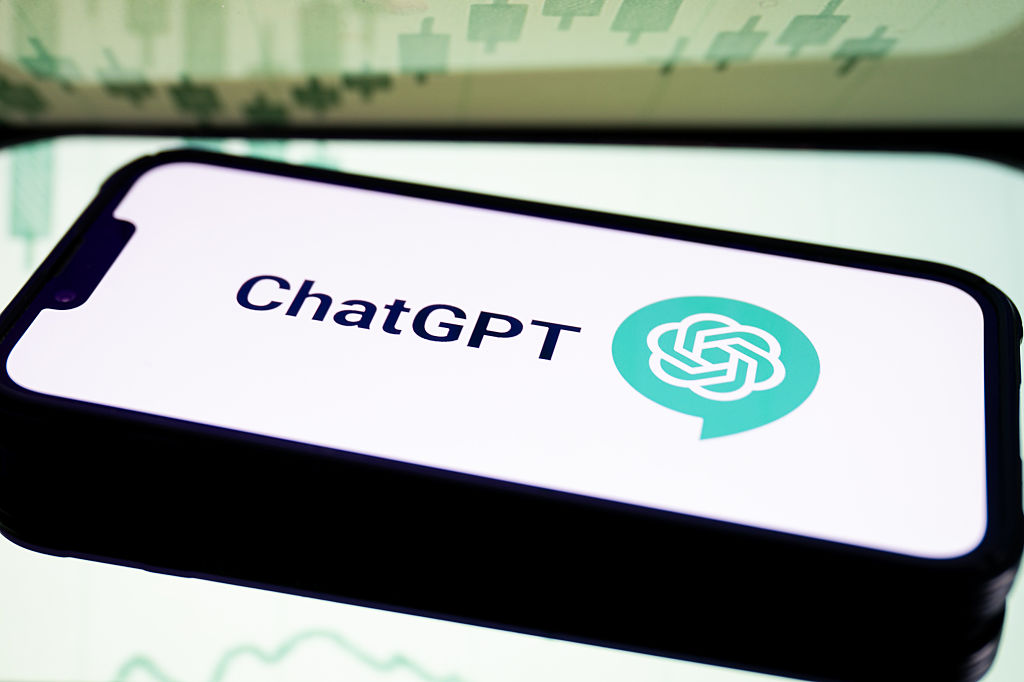Can a dollar devaluation be avoided?
Recent days have seen the dollar sink further against both the euro and sterling. Meanwhile, America's trade deficit continues to grow. Is a balance of payments crisis on the cards?
Whilst attention this week has focused on a mega bid in the Mining sector, the continuing fall-out from the US sub-prime market, both in terms of threatened downgrades from credit ratings agency Standard & Poors and from high profile, but far from surprising, profit warnings from US retailers Home Depot and Sears Holdings, our attention has turned once again to the ailing dollar.
Regular readers of the Week In Preview will know that our strongly held belief is that a full scale US balance of payments crisis is only being prevented by the unprecedented generosity of overseas (largely Asian) central banks. Their high and rising dollar surpluses are destined either to increase at an increasing rate (due to the ongoing deterioration in US competitiveness relative to the likes of India and China), or lead to a massive dollar devaluation. The combination of rising oil price and abundance of dollars is forming the basis of an unhealthy and potentially explosive cocktail.
Over the course of the past few days the dollar has deteriorated both against the euro and sterling. More ominously, China reported its June trade data which revealed a new record trade surplus of $26.9bn (against $22.5bn in May and the $23.8bn forecast by financial markets). The performance was achieved, surprise surprise, by strong export growth and subdued import growth. Result: Chinese underlying structural imbalances are increasing and its currency will remain under upside pressure.
MoneyWeek
Subscribe to MoneyWeek today and get your first six magazine issues absolutely FREE

Sign up to Money Morning
Don't miss the latest investment and personal finances news, market analysis, plus money-saving tips with our free twice-daily newsletter
Don't miss the latest investment and personal finances news, market analysis, plus money-saving tips with our free twice-daily newsletter
Back on the other side of the Pacific Ocean US economic activity has recovered and "normal service" has been resumed. Whilst we have generally held the view that a pretty normal economic cycle is being followed, as with all cycles there are always some differences with those that have gone before. In this case, productivity growth is much faster than has historically been the case and employment growth is more sluggish than normal. Both are due in large part to the after effects of the past investment boom, the effectiveness of those earlier investments and the increase in the global supply of labour. For these reasons we expect that while growth may slow a bit over H2 2007, it will still be positive and that US base rates will remain where they are for some time.
In terms of long-term indebtedness, however, the US economy is far more leveraged than ever before and more of that debt is owned by overseas investors, especially Asian central banks. This means that the US economy is more sensitive to interest rate changes (and changes to interest rate expectations) and overseas demand for US debt, than ever before. We believe that it won't take much, either in terms of the now clearly apparent weakness in the US residential property market and inevitable knock-on to consumer spending, or in terms of already outrageously high debt levels (total debt has now reached c360% of GDP, significantly higher than the 260% it reached at the height of the depression in 1933-34) to knock the economy off its perch and drive it into a prolonged and deep recession.
The world's supply of labour has effectively quadrupled with the emergence of China and India as increasingly effective economic superpowers. Economic text books typically refer to a three-way division within an economy, in which the shares of the pie are broken down between labour, capital and natural resources. The size of that share varies as a function of the relative relationship between supply and demand.
Over the past few years we have witnessed a rapid decline in the value of labour and a rapid increase in the value of natural resources. This is most obviously indicated by reference to what China is importing (i.e. commodities) and what it is exporting (i.e. manufactured goods). It is also reflected in the amount of outsourcing that is taking place to China and India and as a consequence the US is losing market share to those countries.
The result of these trends, if the dollar is not devalued, is likely to see the US current account deficit, as a percentage of GDP, rise to c8%-10% within the next two to three years. The message is pretty clear, Japanese and Chinese central bankers should be prepared either to buy lots more US debt or prepare to see (in the absence of any renminbi revaluation) the dollar fall a lot further on the foreign exchanges.
By Jeremy Batstone, Director of Private Client Research at Charles Stanley
Get the latest financial news, insights and expert analysis from our award-winning MoneyWeek team, to help you understand what really matters when it comes to your finances.
MoneyWeek is written by a team of experienced and award-winning journalists, plus expert columnists. As well as daily digital news and features, MoneyWeek also publishes a weekly magazine, covering investing and personal finance. From share tips, pensions, gold to practical investment tips - we provide a round-up to help you make money and keep it.
-
 ChatGPT turns three: what’s next for the ‘AI era’?
ChatGPT turns three: what’s next for the ‘AI era’?Three years after its launch kickstarted the age of AI, ChatGPT and its maker OpenAI are driving the stock market. But concerns are growing over whether OpenAI will be able to turn its AI dominance into profit.
-
 What to do with old £1 coins
What to do with old £1 coinsThe old one pound coin was demonetised in 2017, but there are still millions out there in the UK. Here’s what to do if you find an old £1.

